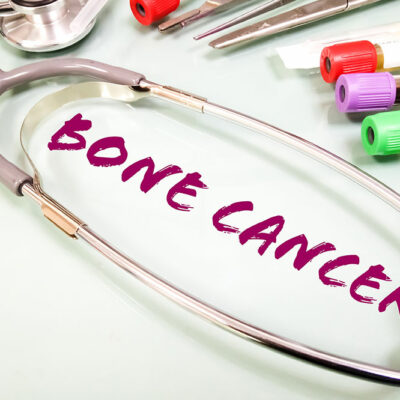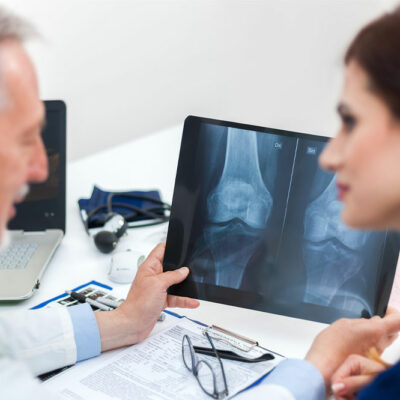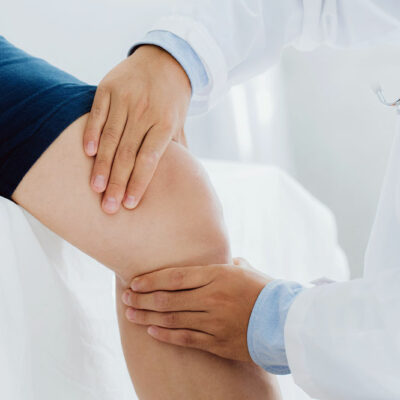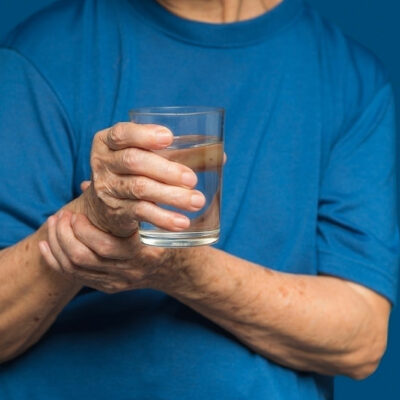
7 warning signs of bone cancer to be aware of
Bone cancer is a rare but serious condition that primarily affects an individual’s pelvis and long bones in the arms or legs. Timely detection and treatment are crucial to manage the symptoms effectively. Here are some of the highly common warning signs associated with bone cancer as well as some of its causes and treatment options. This can help individuals recognize symptoms and take proactive measures in addressing this condition. What is bone cancer? Bone cancer, or bone sarcoma, is an uncommon type of cancer that makes up less than one percent of all cancer cases. It occurs once malignant cells start to grow in the bones and form a tumor. Bone cancer can be of various forms. Osteosarcoma, which is highly prevalent in children and young adults. Here, the cancerous cells grow or produce excess bone cells. Chondrosarcoma is another type of cancer where the cancerous cells begin to produce cartilage. It usually affects middle-aged and older adults. Ewing sarcoma tumors primarily affect the pelvis, legs and arms of children and young adults. Warning signs of bone cancer Pain In the initial stage, one may experience pain in the area where the cancer is developing. This is the most common sign and may also be associated with swelling in the area.
Read More 







